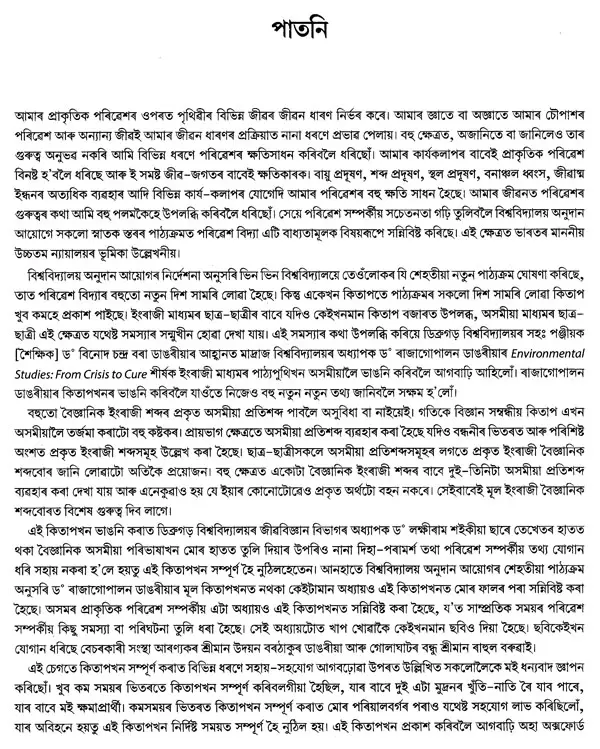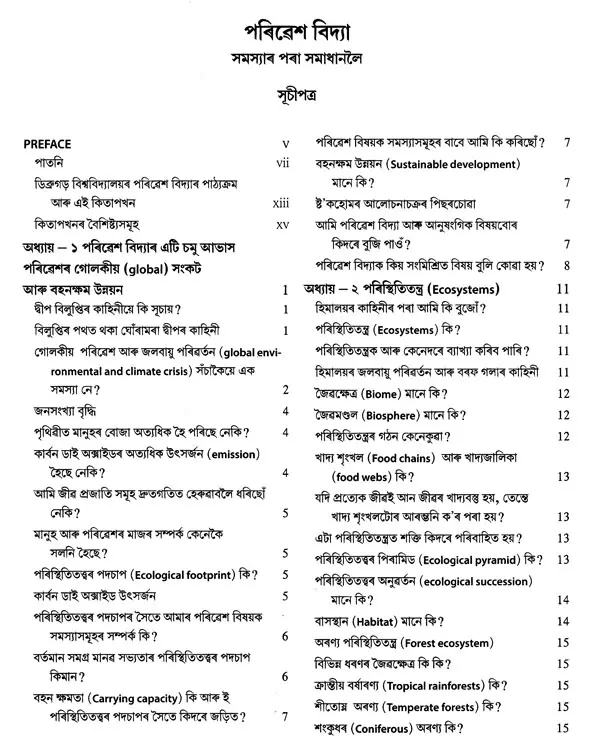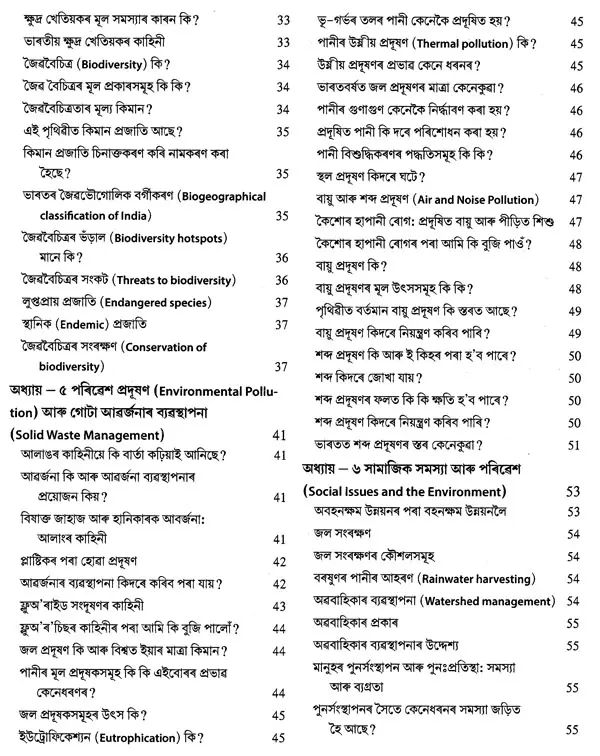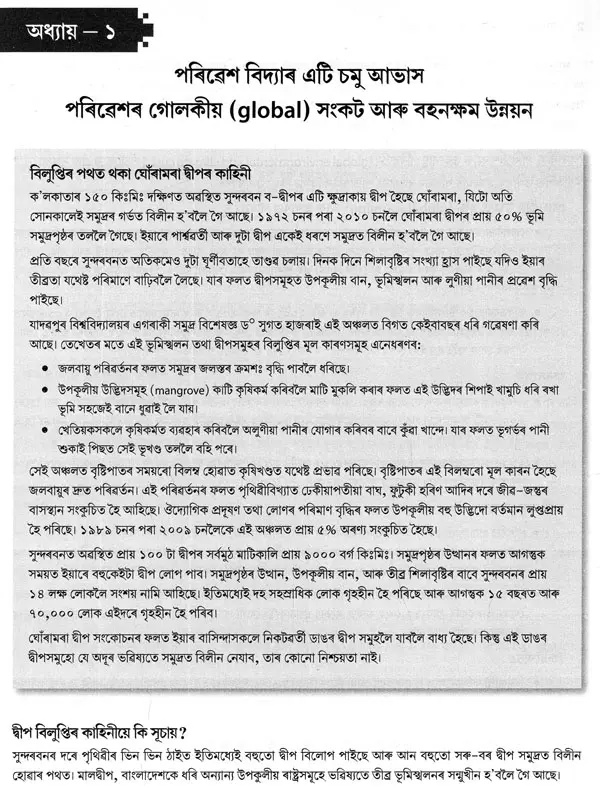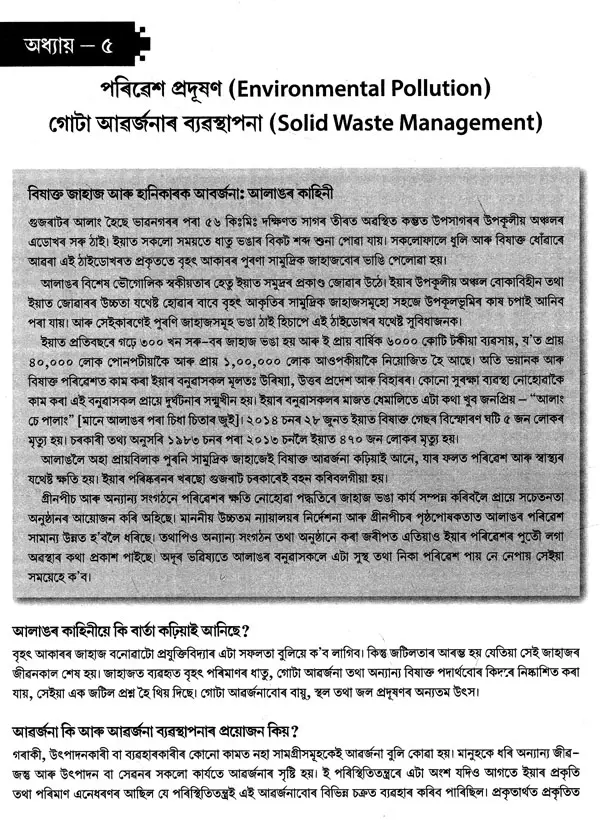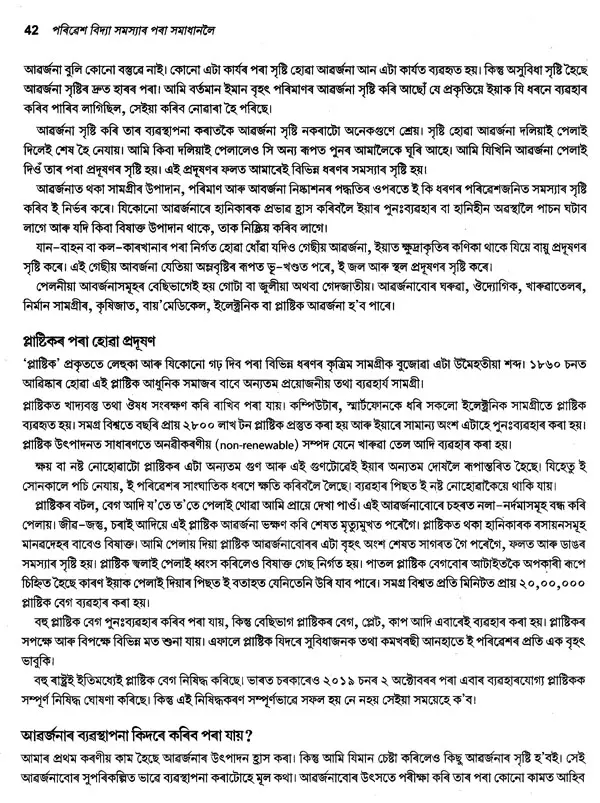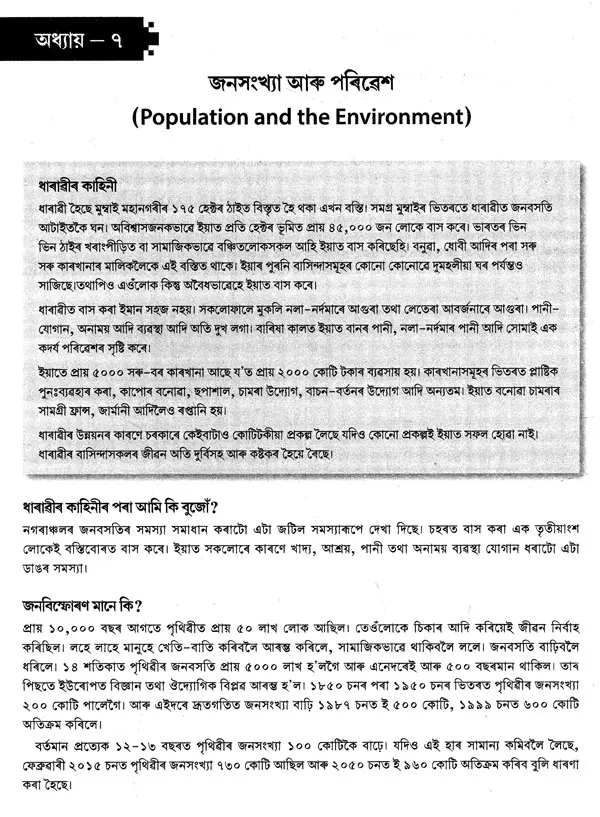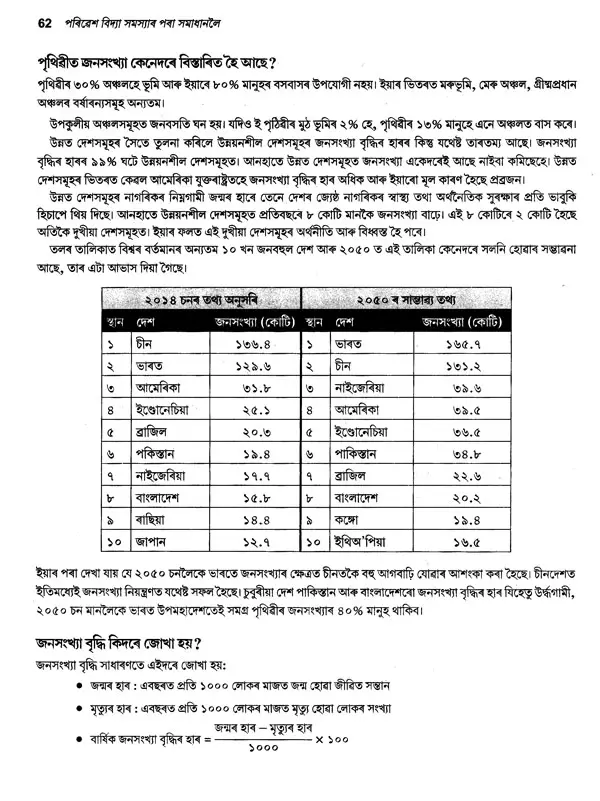
Paribesh Bidya (Bengali)
Book Specification
| Item Code: | UAF778 |
| Publisher: | Oxford University Press |
| Language: | Bengali |
| Edition: | 2020 |
| ISBN: | 9780190129095 |
| Pages: | 109 |
| Cover: | PAPERBACK |
| Other Details | 9.50 X 7.50 inch |
| Weight | 160 gm |
Book Description
At a time when one of the most pressing concerns is the debate around climate change, it is imperative that we take a closer look at the world around us. All living organisms share a symbiotic relationship with the environment, where both the living and the non-living (biotic and the abiotic) ecosystems need to work together. As humans, the responsibility of striking this balance lies with us. The crisis that is looming large over the environment at present is a consequence of irresponsible human activities. Excessive burning of fossil fuels, cutting down of trees, burning of farmlands, wastage of natural resources, manufacture and use of plastic are some of the concerns plaguing our natural habitat. In a bid to bring awareness to the masses, the University Grants Commission (UGC) has included a compulsory course on Environmental Studies for undergraduate students.
Though there are many books available in the market on environmental issues, we find limited numbers of books which cover the undergraduate syllabus in its entirety. The book Environmental Studies: From Crisis to Cure by Dr R. Rajagopalan is one such book which has been written in accordance with the latest syllabus of the Ability Enhancement Compulsory Course (AECC) on Environmental Studies, prescribed by the UGC under the new Choice based Credit System (CBCS). However, there are very limited number of books in regional Indian languages. Considering the urgent requirement of a textbook on Environmental Studies in Assamese, as suggested by Dr B.C. Borah, Joint Registrar (Academic), Dibrugarh University, I came forward and took the responsibility of translating sections of the book written by Dr Rajagopalan into Assamese as well as adding a few chapters of my own keeping Assam and its unique ecology and environmental concerns in mind. In the process of translating in this book, I, too, got an opportunity to expand my knowledge of the subject.
In this book, the first chapter has been translated completely from Dr Rajagopalan's book. The chapter dealing with Natural Resources, however, includes two sections — Food Resources and Mineral resources — which have been newly written by me. Chapters 3, 4, and 5 have been translated from the original book but quite a few sections have been left out in this book as I followed the recent syllabus. In chapters 6 and 7, some new sections such as 'Human Rehabilitation and Resettlement', 'Environment and AIDS', 'Information Technology and Environment' have been written by me. Though 'Project work and Field Studies' have no mention in the recent syllabus, the same has been translated as it is from Dr Rajagopalan's book, as this chapter has practical applications. Students from different domains may carry out different project works or field studies to assess and understand environmental issues of a region and these sections act as proper guides.
In addition to the topics covered in Dr Rajagopalan's book, I have added a chapter titled, 'Environment and Assam' in this book where I have highlighted the environmental issues being faced specifically by Assam as a state. To supplement this chapter, few relevant photographs have been included. The photographs have been collected from Mr. Udayan Borthakur of Aaranyak and my friend Mr. Rahul Boruah, a Wildlife Photographer from Golaghat (Assam). I'd like to thank them for allowing me to use these photographs.
I came across many challenges while working on this book. One such challenge was the dearth of suitable Assamese synonyms for many scientific terms. Though Assamese synonyms have been used in this book, I have mentioned the actual scientific term in English in parentheses. Students must know the actual English terminologies in addition to the Assamese synonyms that have been used.
I'd like to express my gratitude to Dr R. Rajagopalan for allowing me to translate this book and Oxford University Press India for publishing this book.
When I took up the project to translate this book, Prof L.R. Saikia of Department of Life Sciences, Dibrugarh University, helped me a lot by providing a book of Assamese synonyms for scientific terms and guided me throughout.
I also take this opportunity thank my family members for their continuous support in completing this book in a limited time period.
I hope this book will be of help for the students studying at the Undergraduate level.
**Contents and Sample Pages**

